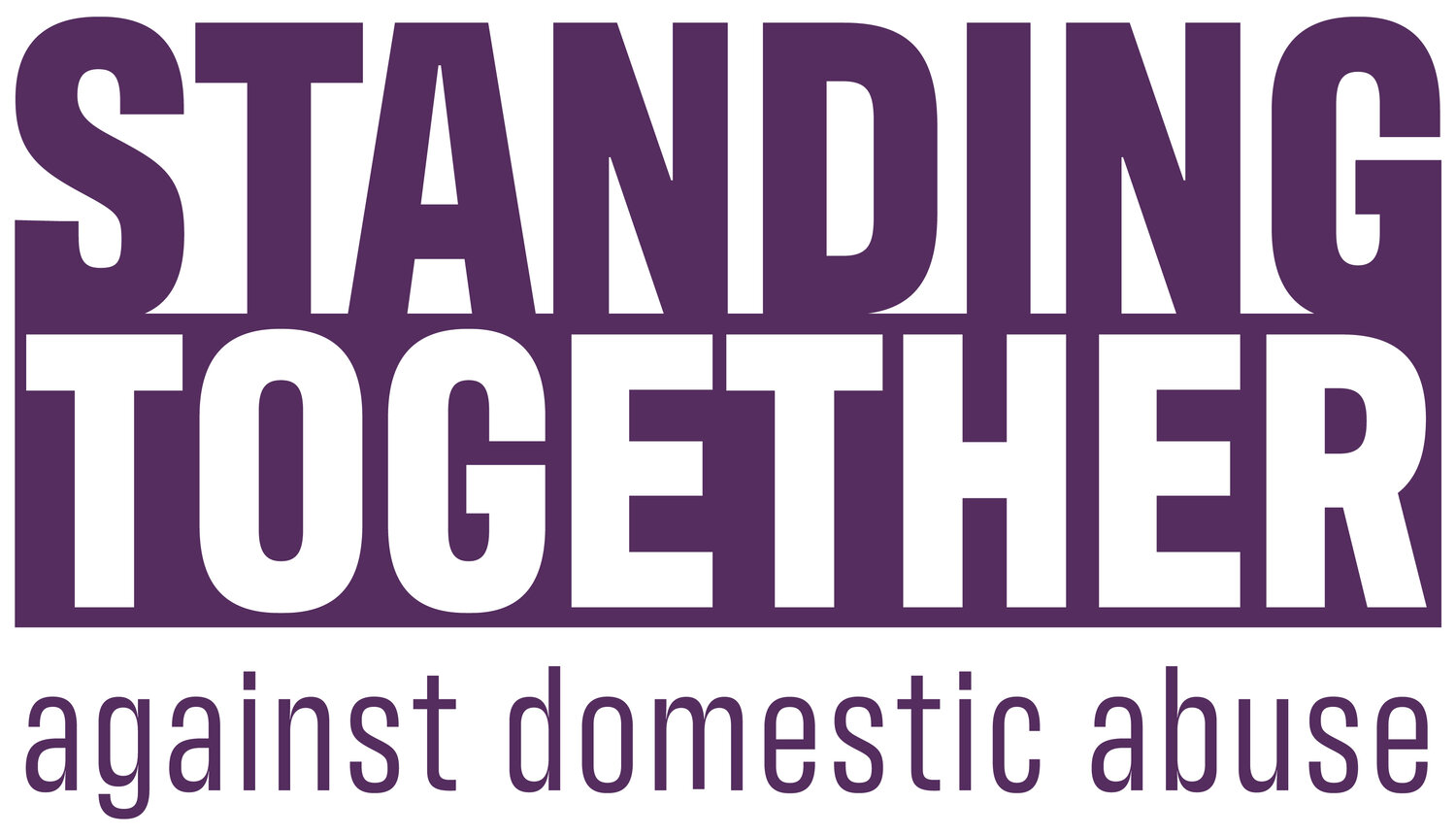
Safety by Experience Project
Safety by Experience was a partnership project between Standing Together and St Mungo’s, funded by Homeless Link’s Ending Women’s Homelessness Fund. It ran from November 2019 to June 2021.
Safety by Experience was born out of a clear gap in provision and support for women experiencing homelessness, violence and abuse and other forms of multiple disadvantage. Research has shown that homelessness services often lack the specialist skills and knowledge to support this group of women, and that these women also face barriers to accessing specialist support from women’s sector providers.
The project’s aim was to find out more about the experiences of women living in homelessness services, create guidance that can be used across sectors, and ultimately ensure that women feel safer and better supported.
There were two main pillars to the project:
1. Firstly, we spoke to women who have used or are using homelessness services, where we asked the following broad questions:
a. How do homeless women view their own safety?
b. What makes them feel unsafe?
c. What are they already doing to feel and be safer?
d. What are women’s experiences of safety and abuse in homelessness services?
e. How might risk assessment and safety planning need to look different for women with multiple disadvantage?
From these conversations, some clear themes about women’s experiences emerged.
2. From these conversations, we developed “Keeping Us Safer”, an approach to more effectively support homeless women with multiple disadvantage. Keeping Us Safer was piloted by three St Mungo’s services; a mixed-gender hostel, a women-only hostel and an outreach team. The teams provided regular feedback over 6 months, which was incorporated into the final copy.
Keeping Us Safer offers a structure for professionals which, when implemented in order, will build a strong foundation to better support women in their services. However, it has also been broken up into sections that professionals can “dip in and out” of as needed. There are numerous questions, tips and examples throughout, to support professionals to reflect on what is going on in the worlds of the women they support and how they can respond differently.


